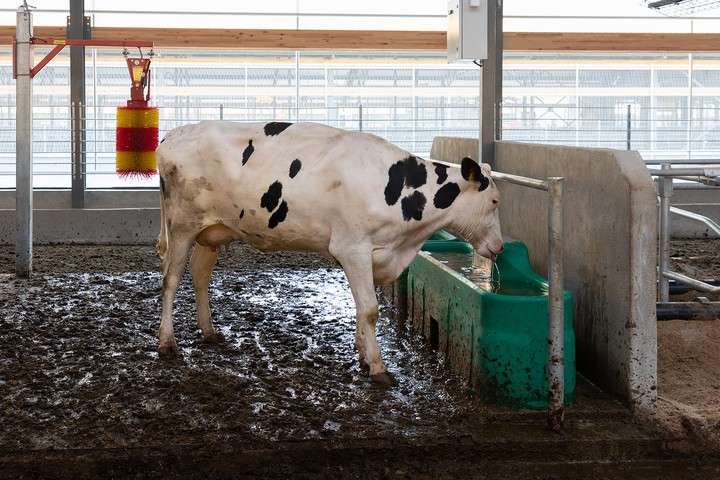Water is one of the most essential supplies in livestock keeping as the animals need it for digestion, blood circulation, reproduction, growth, thermoregulation, and many other systems. Experts advise that adult cattle require 10 to 20 water gallons daily depending on the prevailing weather conditions, health status, diet, and size. While the quantity of water matters substantially, cleanliness also stays on the frontline.
Keeping livestock water clean is one of the most outstanding achievements in livestock farming. By adhering to the best tips, you’ll likely boost the performance of your livestock both in quantity and quality. Remember to let the professionals test the water for various contaminants that may be out of your understanding.
Here is a rundown that will discuss how to keep livestock water clean for the safety of the animals.
1. Use Proper Cattle Waterers
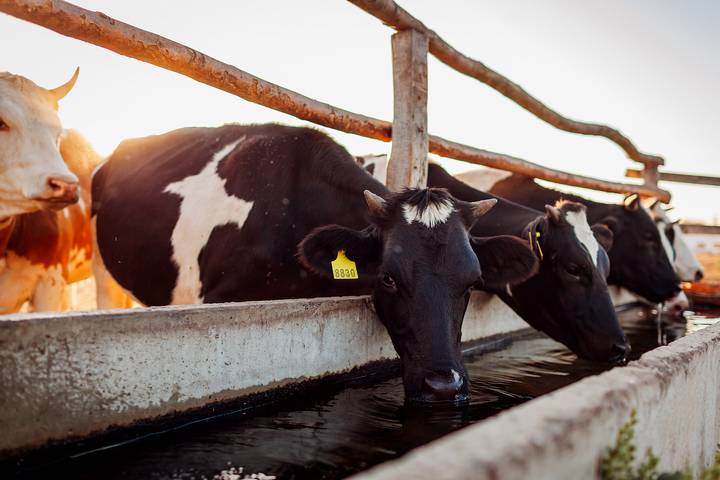
It’s nearly absurd to discuss livestock watering without touching on cattle waterers. These are polyethylene and corrosion-free devices that provide water to livestock automatically. To ensure the water the livestock take through these cattle waterers is clean, raise them slightly above the ground to keep contaminants away.
Furthermore, cattle waterers should be situated away from other dirt-causing elements to keep the water clean.
2. Clean Troughs Regularly
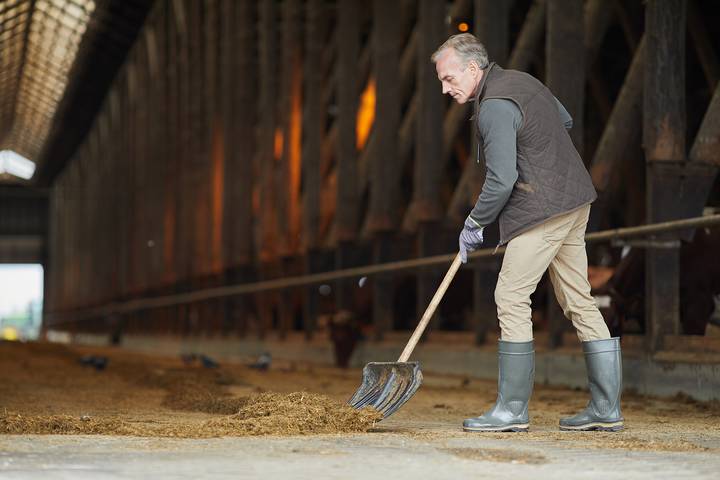
Another way to keep livestock water clean is by cleaning the water troughs regularly. Even though they host clean water, these troughs are prone to getting dirty if the water overstays. Therefore, periodically cleaning them is essential to eliminate debris, sediments, and algae that could develop without your knowledge.
Letting the livestock drink from contaminated troughs attracts diseases and under-production. Experts advise farmers to clean water troughs at least once a week or daily, depending on the size of their livestock.
3. Locate Water Sources Strategically

When evaluating where to locate the water sources for your livestock, you should consider various factors. Reliability and water quality remain undebatable for the safety of the animals. Regarding cleanliness, you should ensure you draw the livestock water from clean sources away from contaminants.
You can get your preferred water channel of fecal coliform bacteria, pH, salts, dissolved solids, and nitrates. If it meets the required standards for the animals, you can proceed to source water from there.
4. Prevent Access By Wildlife

It’s not awkward for wild animals to desire the water served to livestock. However, the idea is highly discouraged since wild animals often contaminate water sources, causing contamination from external factors. As a result, it’s advisable to keep livestock water sources out of reach by wild animals.
Since keeping wildlife away from livestock water sources, especially rodents and birds, may be challenging, you can provide means for potentially trapped ones to find a way out. Professional farming technicians have a better knowledge of constructing such essentials.
5. Consider Water Treatment

As highlighted earlier, it may not be easy to keep livestock water sources free from contaminants completely. Therefore, it’d be best to consider various water treatment methods for livestock water to eliminate germs, algae, and bacteria.
Popular water treatment methods include chlorination, UV sterilization, ozone treatment, chemical treatment with hydrogen peroxide or iodine, electrolysis, or water softeners. Water treatment guarantees approximately 98% livestock water safety, preventing disease spread.
6. Keep the Surroundings Cool and Dry
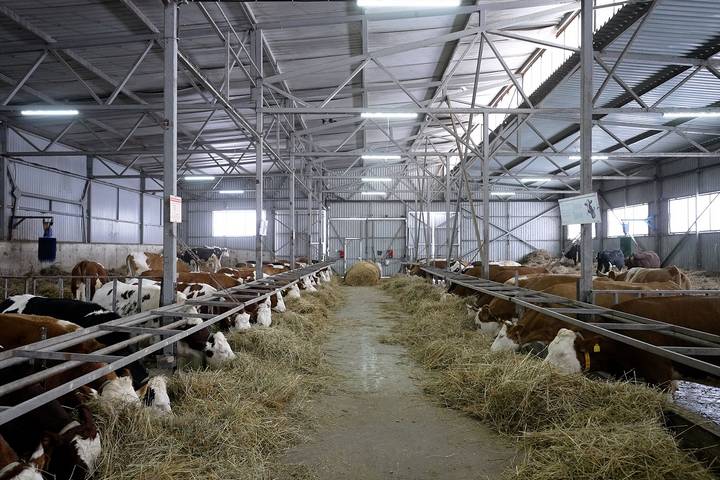
The areas surrounding the cattle waterers may be humid and muddy if not well monitored. Many farmers may think this is natural, but it poses the risk of diseases to the livestock. Mud surrounding the cattle waterers may often slide into the primary water source, contaminating it.
Even worse, mould and algae often thrive in humid areas and may extend to the livestock water, facilitating the spread of diseases. You can ensure the area surrounding the water troughs stays dry by constructing proper drainage to prevent water build-up. Also, you can lay the troughs above the crushed stone or gravel surface or put just enough water for the animals to avoid excessive pouring.
7. Inspect Water Supplies Regularly

You can keep livestock water clean by inspecting the supplies regularly. Water sources and supplies call for regular inspection by an expert to identify any underlying issues that would facilitate water contamination. These professionals often check for damages, cleanliness, water levels, odours, and colour.
For instance, livestock water that appears murky and coloured or produces an unpleasant odour isn’t safe for the animals. Such conditions call for immediate cleaning and water replacement with a cleaner one.
8. Employ Water Filters
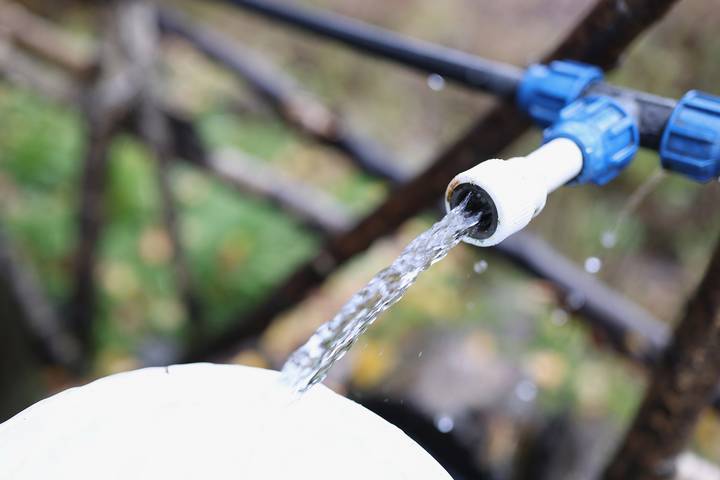
Water filters and other treatment means are essential installations on livestock water systems. Generally, water filters help to block impurities, debris, and sediments, letting only clean water through them. However, other water treatment methods are advisable since many water filters often capture significantly solid objects like stones, dead rodents, or leaves.
There are various types of water filters, including mechanical ones (physically capture debris and sediments), chemical (adsorb chemical waste through carbon filters), and UV filters that employ UV light to weaken micro-organisms into less harmful substances.

